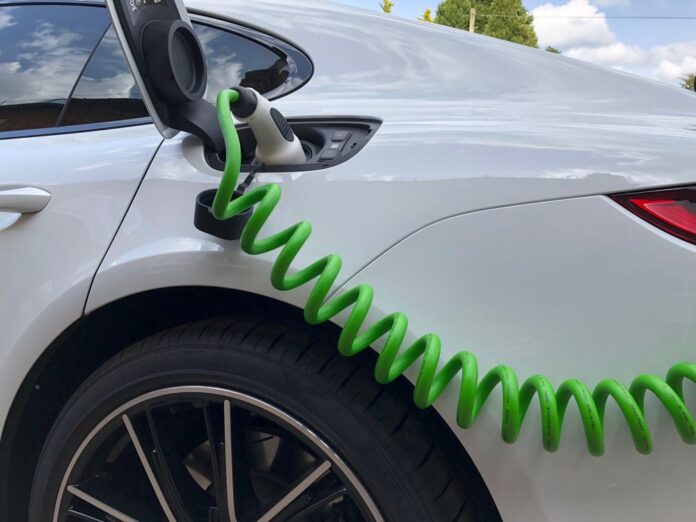A technique developed for use in space may turn out to be a breakthrough for the electric vehicle industry. The NASA project goes by the name Flow Boiling and Condensation Experiment (FBCE) which the Agency has been tinkering with for over nine years.
FBCE studies mixtures of liquid and vapour in contact with heated surfaces of equipment for use in space. As cool liquids interact with hot surfaces, boiling and vaporization occur which reduces the heat load of the targeted equipment. The cycle goes from liquid to vaporization and through condensation back to a liquid state in a closed cycle.
For NASA, using flow boiling and condensation processes ensures optimal operational temperatures for its equipment for future space missions to the Moon, Mars and beyond. The end result is thermal optimization for critical components supporting human and robotic space missions.
The work for NASA is being done at Purdue University where a team is making flow boiling and condensation more efficient while at the same time reducing the form factor for the hardware needed to work on spaceships crewed by humans, robotic missions, and equipment used on the Moon and Mars.
Developing the technology is yielding a surprising application for us here on Earth that could be a significant breakthrough for the electric vehicle (EV) industry. EVs have range issues and require regular recharging. The charging stations require the EV operator to plug the vehicle into a charging outlet. This is done using an insulated charging cable through which the electric current flows. That produces a considerable amount of heat. The higher the current, the greater the heat.
A fast-charging station delivers up to 520 amperes of current versus 150-ampere chargers designed to recharge EVs today. The 520 ampere fast chargers can top up an EV battery in about 30 minutes. The cable used to connect the vehicle to the charge station is thick and heavy because it contains an outer shell of liquid coolant that envelops the wire directing the current to the battery. The coolant removes the excessive heat because without it a customer plugging in would be unable to hold the cable or remove it because it would be too hot to handle.
But what if you decided to increase the number of amperes flowing through the charging cable? The benefit of doing this would be a faster recharge. The number the industry wants to reach is 1,400 amperes, enough juice in the wire to recharge an EV in five minutes, or about the same amount of time it takes to fill a gas tank of an internal-combustion-engine driven vehicle.
How much and what type of coolant could allow you to make a cable that would still be manageable for an EV driver to stop, plug in, and in five minutes be on his or her way? This is where the Purdue University engineers doing the FCBE come in. They experimented with dielectric liquid coolants (liquids used as electrical insulators in high-voltage applications such as transformers, capacitors, powerlines and cables) that they pumped through charging cables. Trying various coolants allowed them to find one that delivered 4.6 times the charge at 2,400 amperes, a thousand amperes more than the 1,400 needed to charge an EV battery in five minutes.
The next step for the engineering team is to find an industrial partner or launch a spinoff to develop a commercial version of the cable. Subcooled flow boiling cables won’t be the first time an invention has come from a NASA-inspired and funded project. Think velcro, vacuum-packed foods, cordless vacuums, ear thermometers, memory foam, winglets on airplanes, and the proliferation of sensors in almost every industry, all first conceived from NASA-funded experiments and projects. But of all these many 20th and 21st-century innovations, I think the EV charging cable may prove to have the biggest impact although I must admit, my memory foam mattress that gives me a restful sleep each night would be a close second.








